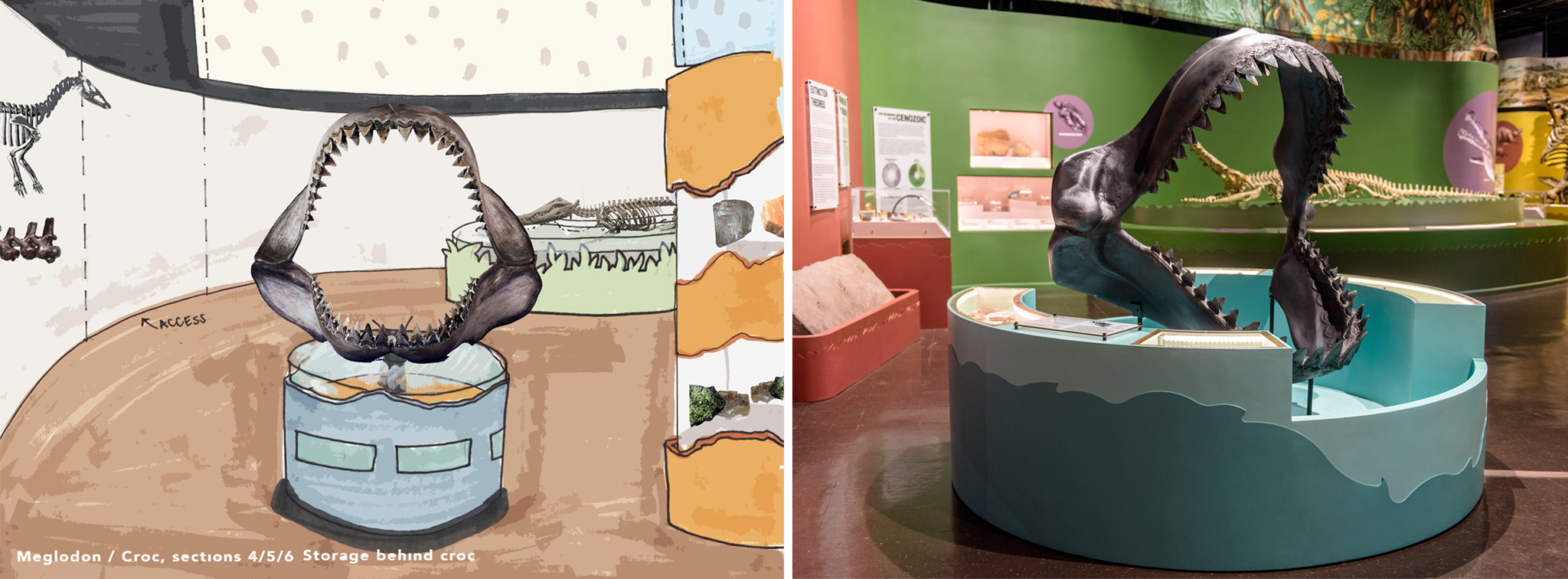Determining the Details
Years ago, while visiting with a Smithsonian colleague of mine in Washington, D.C., I was fortunate enough to spend some time perusing several of their museums around the Mall. It was when I stopped by the case holding the world famous Hope Diamond, however, that I noticed the first symptoms of what many museum workers have come to know as “gallery disease.” That is, I realized after only a few minutes that I was consciously taking note of everything in the exhibit except the very artifact I was supposed to be enjoying.
At first, I noticed the more obvious details like case color, label size, and crowd flow. Then it got worse. A lot worse, actually. Was the label silk-screened or printed? How was the case made, and what kind of screws, rivets or welds secured it? And, of course, what type of mount was holding it up?
Here at The Charleston Museum, we are constantly aware of these same issues, most recently during our massive overhaul and reintroduction of the Bunting Natural History Gallery. Indeed, no matter the size or subject matter of a planned exhibit, careful thought and planning must go into what on the surface, appear as quite minor details. (If you’ve ever had to make a custom acrylic mount for a 12,000-year-old elk antler, you know what I mean.)
Of course, there are the high-tech digital methods for exhibit production such as Photoshop, Indesign and Illustrator, each one an essential program that many museums–including this one– make use of throughout various stages of design. Sometimes, though, it is completely understandable, nigh necessary, to abandon those fancy computer graphics and digital models in favor of old-fashioned eyeballing. A roll or two of blue painter’s tape, some markers, and a big blank wall can be pretty important tools for getting a concept off the ground.
As for mounting artifacts, while it would be much simpler to just sit one flat in a case or on a shelf, this isn’t always the best option (assuming it’s an option at all). Archaeological fragments, for example, rarely stand–or stand still–unassisted. Fossils and textiles don’t either. Furthermore, there are oftentimes important details that, without a specially made mount, would go unseen. Many people are surprised to learn that The Charleston Museum has its own workshop with all the necessary equipment to remedy these situations and fabricate our own mounts in-house and on-demand. It is, to be sure, a terrific asset, and one that certainly makes exhibit production and installation easier and, at the same time, much more economical.
Even though I haven’t been inside the National Museum of Natural History for over a decade, I can still remember almost exactly how the Hope Diamond was presented within its case, the thickness of the glass protecting it, the texture of the fabric on which it rested, and the brightness of the fiber-optic light fixtures pointed at it. As for the cut and color of the actual stone, though, I forgot.
-Grahame Long, Chief Curator





